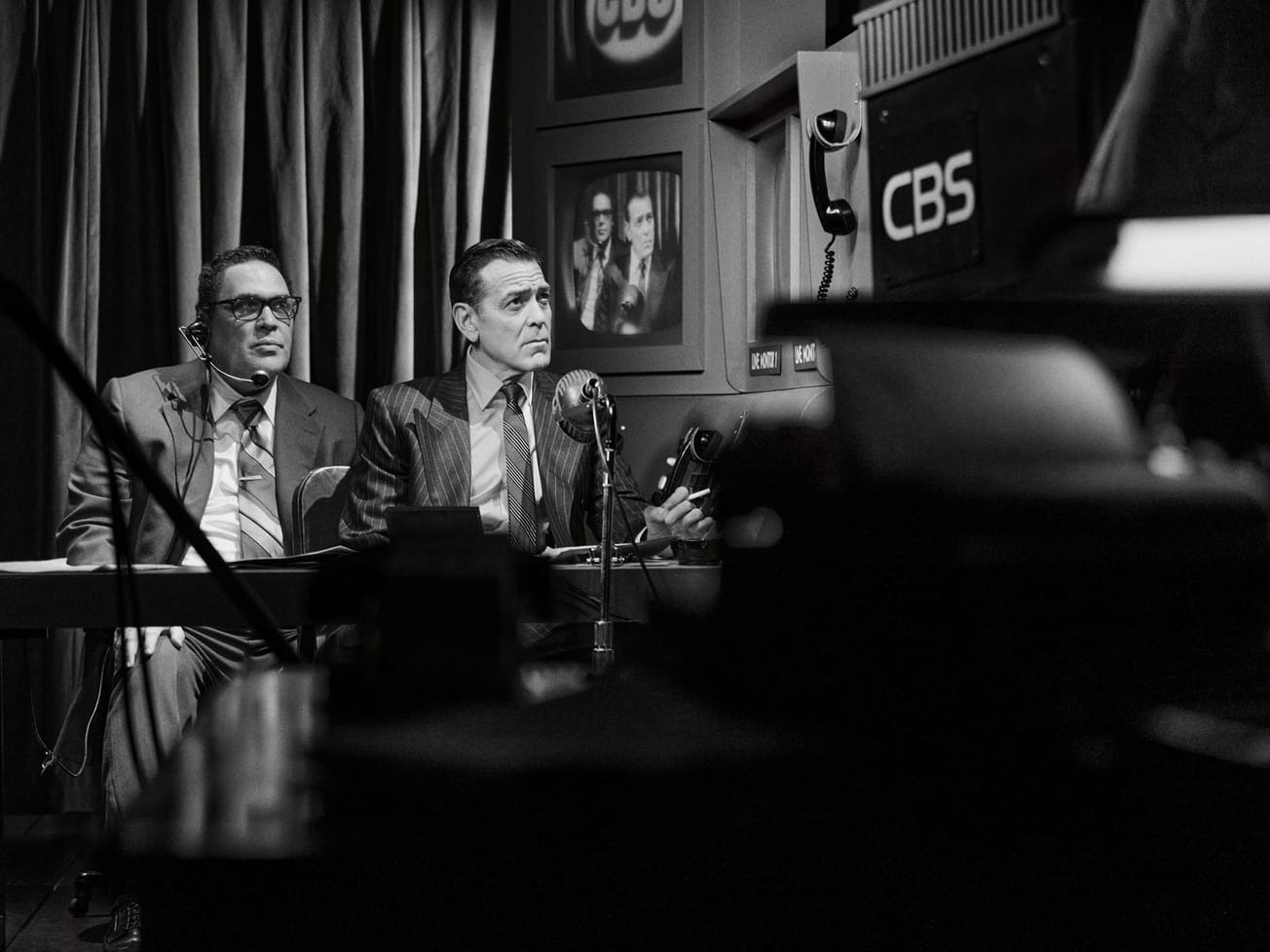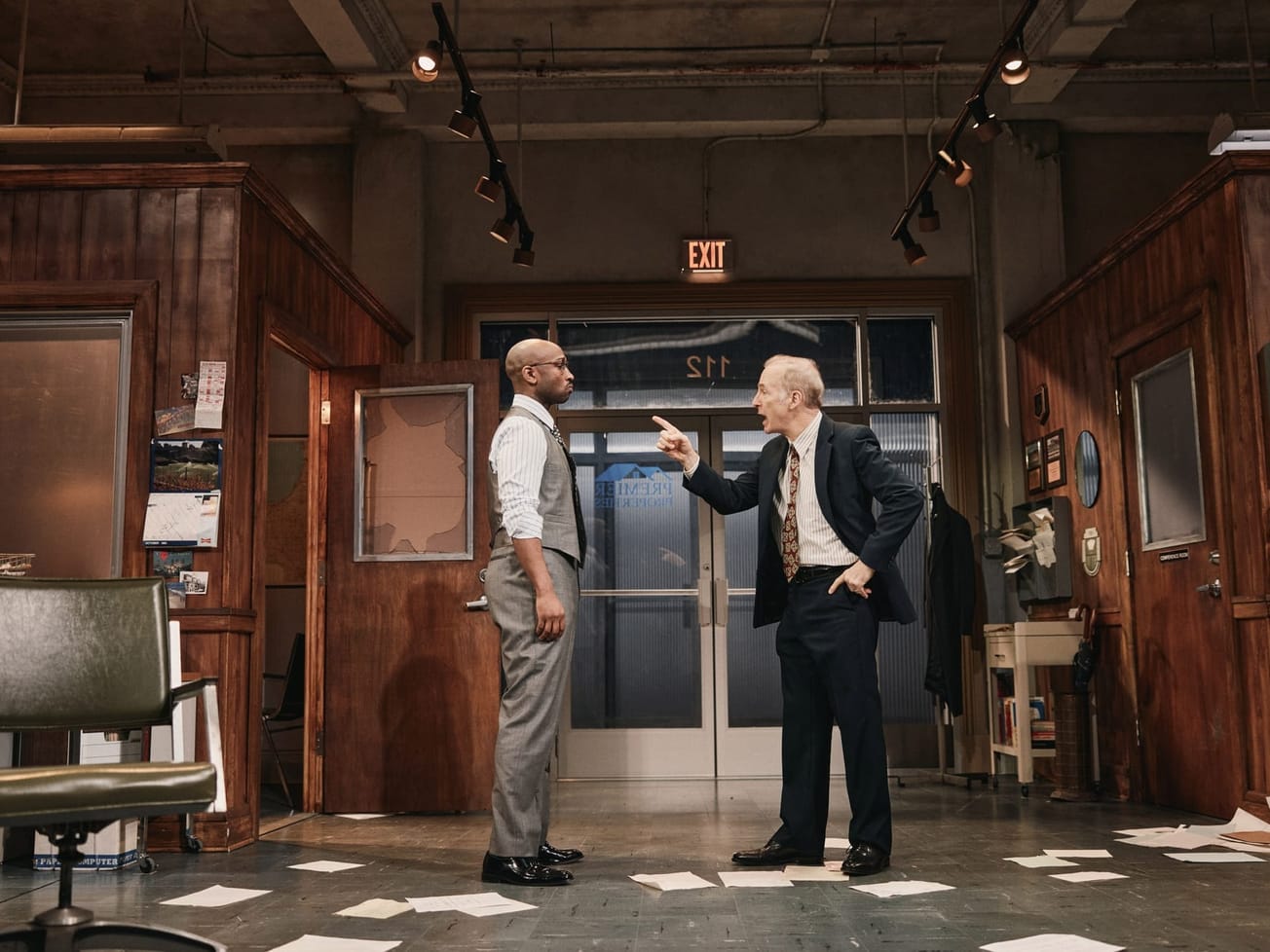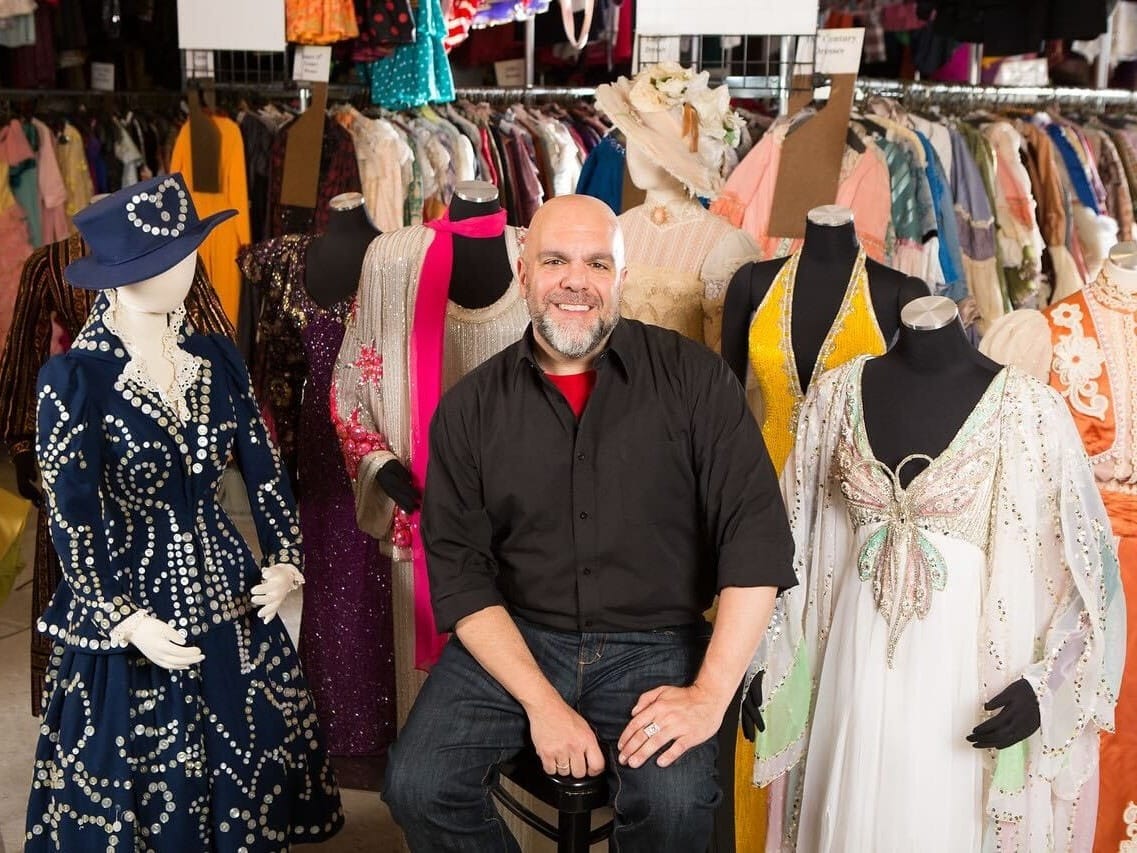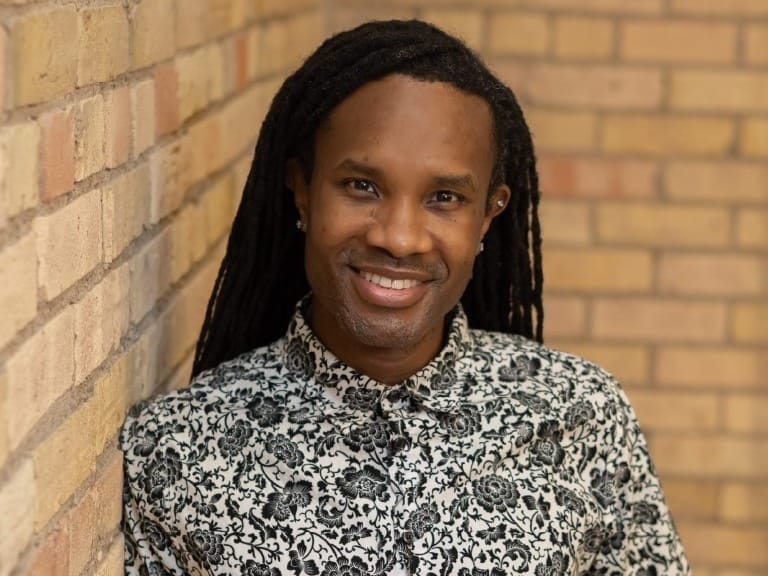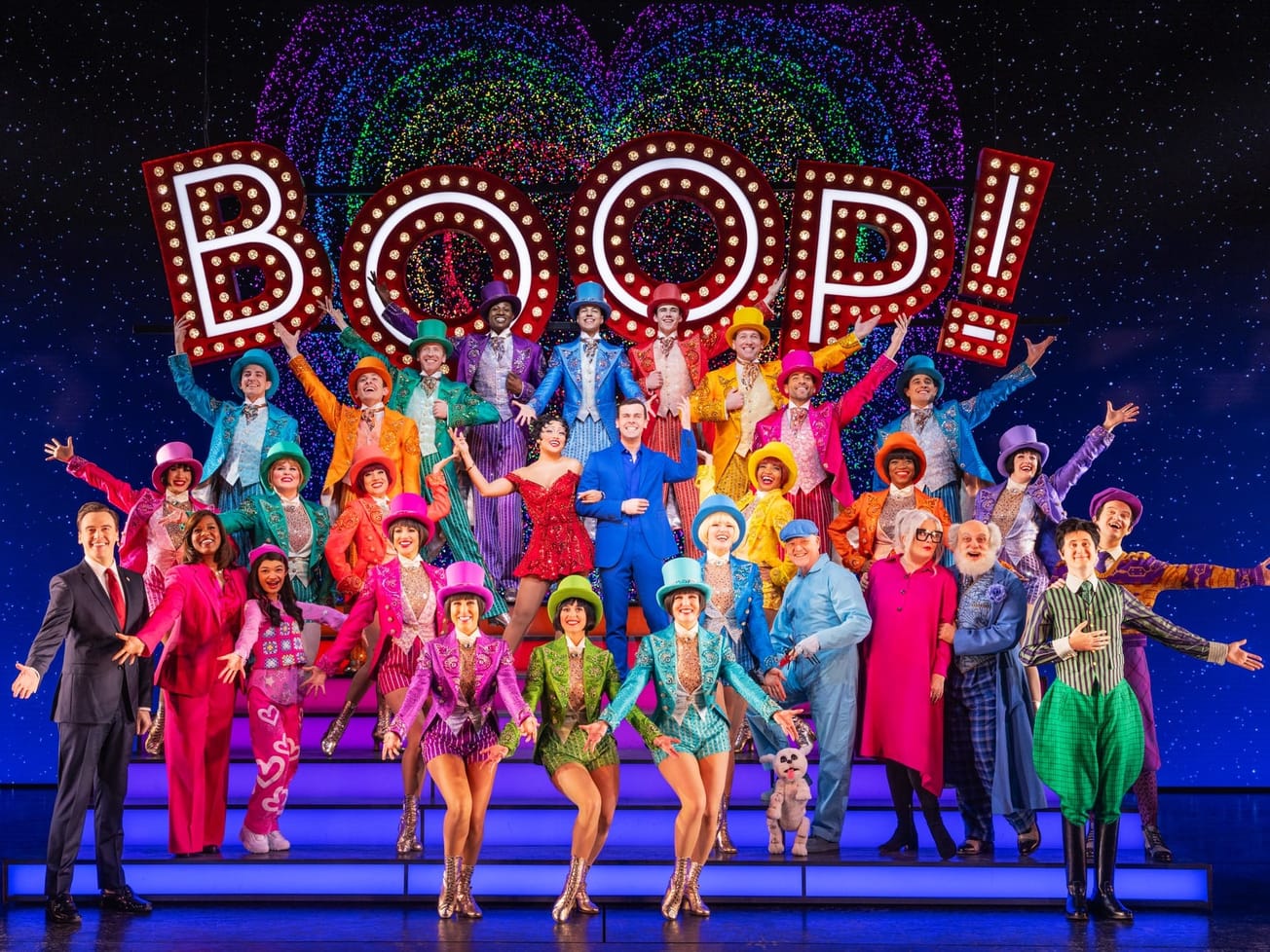“Slave Play” is coming to Broadway this fall.
It’s certainly not the trajectory that playwright Jeremy O. Harris envisioned for his work. But then again, as Broadway prepares to welcome his play, which examines the lasting effects of white supremacy through the lens of sexual desire, he sees a landscape that’s become a little more daring.
The play, directed by Robert O’Hara, premiered at New York Theatre Workshop last fall, marking Harris’s professional theater debut. Produced by Greg Nobile and Jana Shea of Seaview Productions, Troy Carter, Level Forward and Jake Gyllenhaal and Riva Marker’s production company, Nine Stories, the play will begin previews at the Golden Theatre on Sept. 10, 2019, with an opening night on Oct. 6.
It is slated for a strictly limited 17-week engagement. Casting has not yet been announced.
Harris, who recently graduated from the Yale School of Drama graduate playwriting program, always felt that his plays were too provocative to be accepted in a commercial arena. Of course, that began changing after New York Theatre Workshop brought “Slave Play” to its theater, and shortly thereafter, when the New Group and the Vineyard Theatre Group produced his play “Daddy.”
But beyond his own work, he sees a larger appetite for risk on Broadway, which he attributes to the willingness of producers to put money behind shows such as “What the Constitution Means to Me,” the “Oklahoma!” revival and “Hadestown.”
“I think what we’re seeing is that Broadway is definitely excited for one of the first times in a while to drastically change,” Harris said in an interview Wednesday. “They’re willing to dare on difference, and difference that’s not imported difference, difference that’s homegrown.”
As “Slave Play” heads to Broadway, Harris hopes audiences will be able to connect to the way that the piece mocks and reframes the stereotypical ways in which black bodies have historically been portrayed on stage. He sees an opportunity to shift the narrative and to speak to a different audience.
“We’re now able to use different stereotypes and different paradigms of black expressivity on the American stage, and instead of making them for white consumption, making them for black consumption and white reflection, possibly, or black reflection,” he said.
And while the typical Broadway audience tends to be older and majority white, he hopes his piece and the efforts of the production — which includes 10,000 tickets at $39 throughout the run — can help diversify the crowd.
“The point should be putting these ideas in as many people’s heads as possible,” he said. “And primarily the heads of black people, young people and people of color who want to feel like they can breathe in a different way because they’re hearing ideas that they only thought happened on social media or on Tumblr or in the back of a race and theory class.”




















































